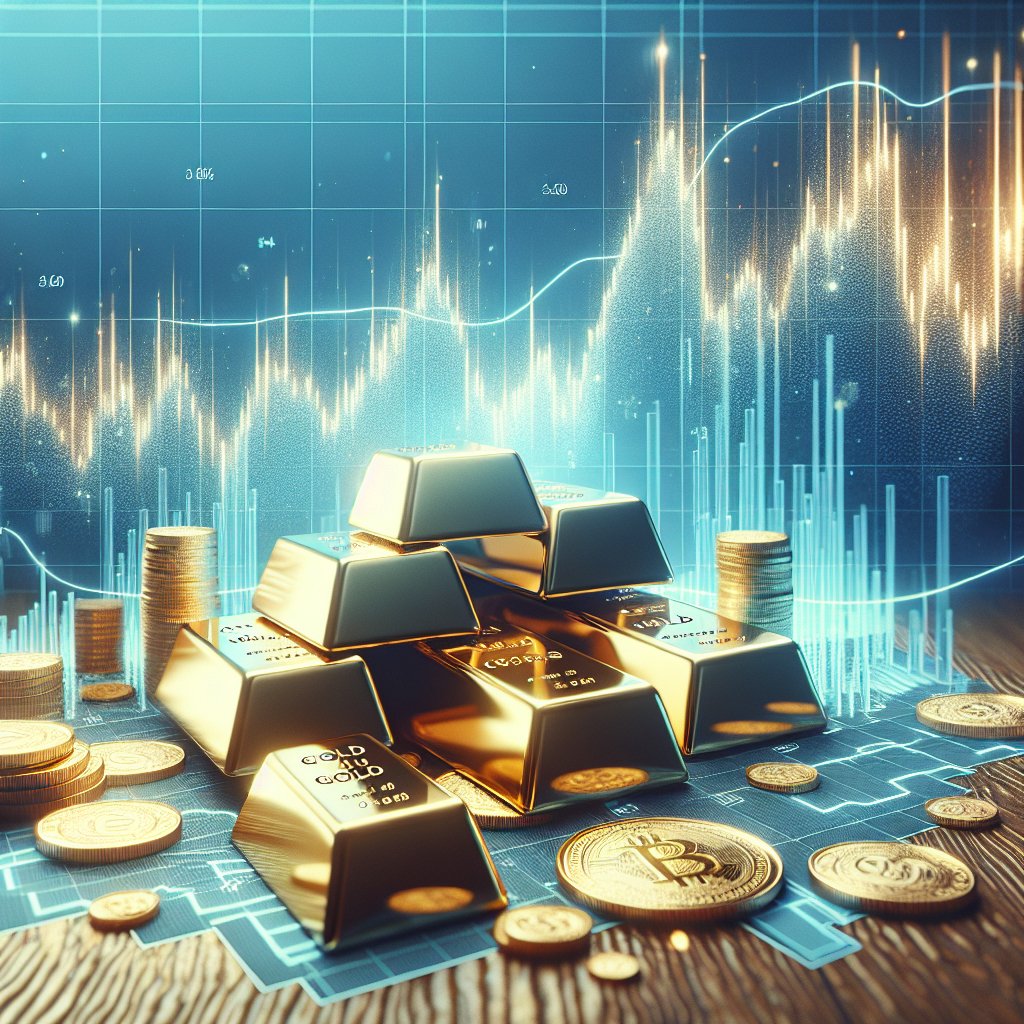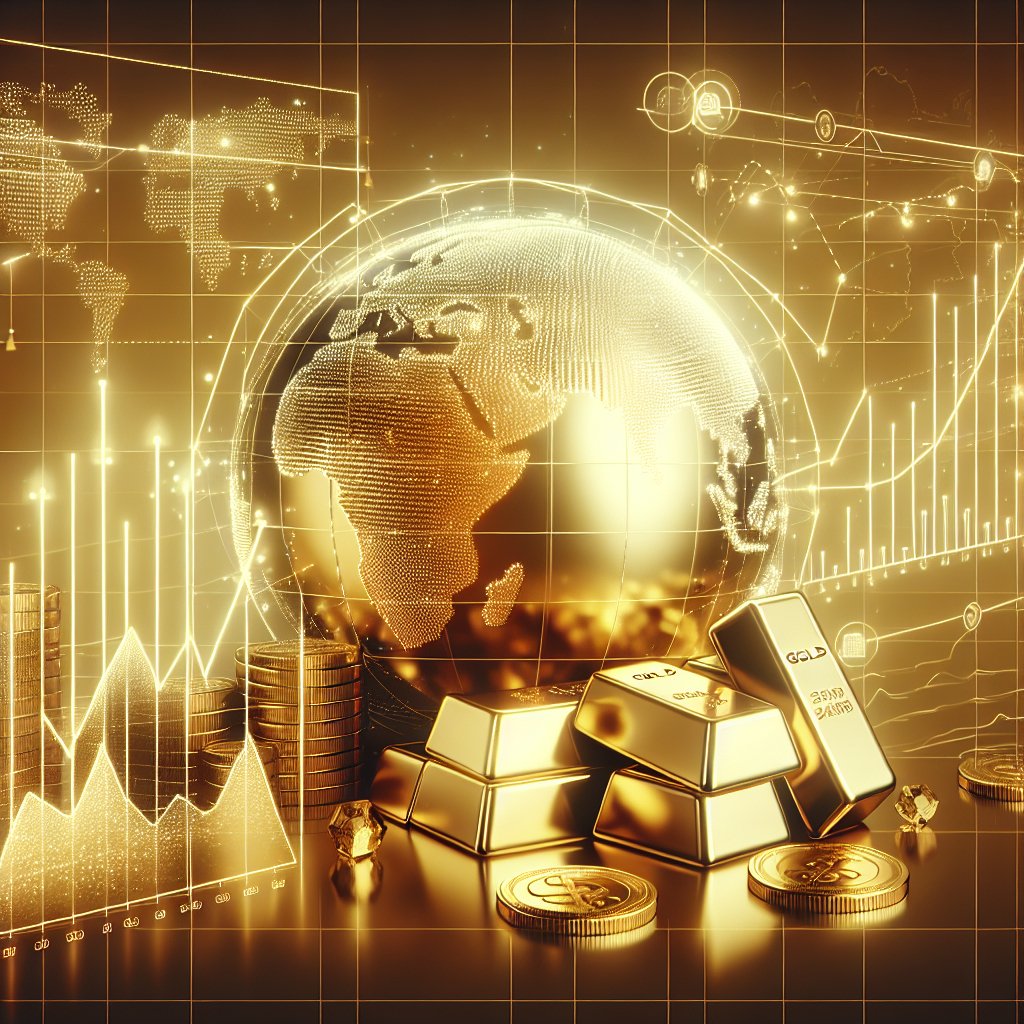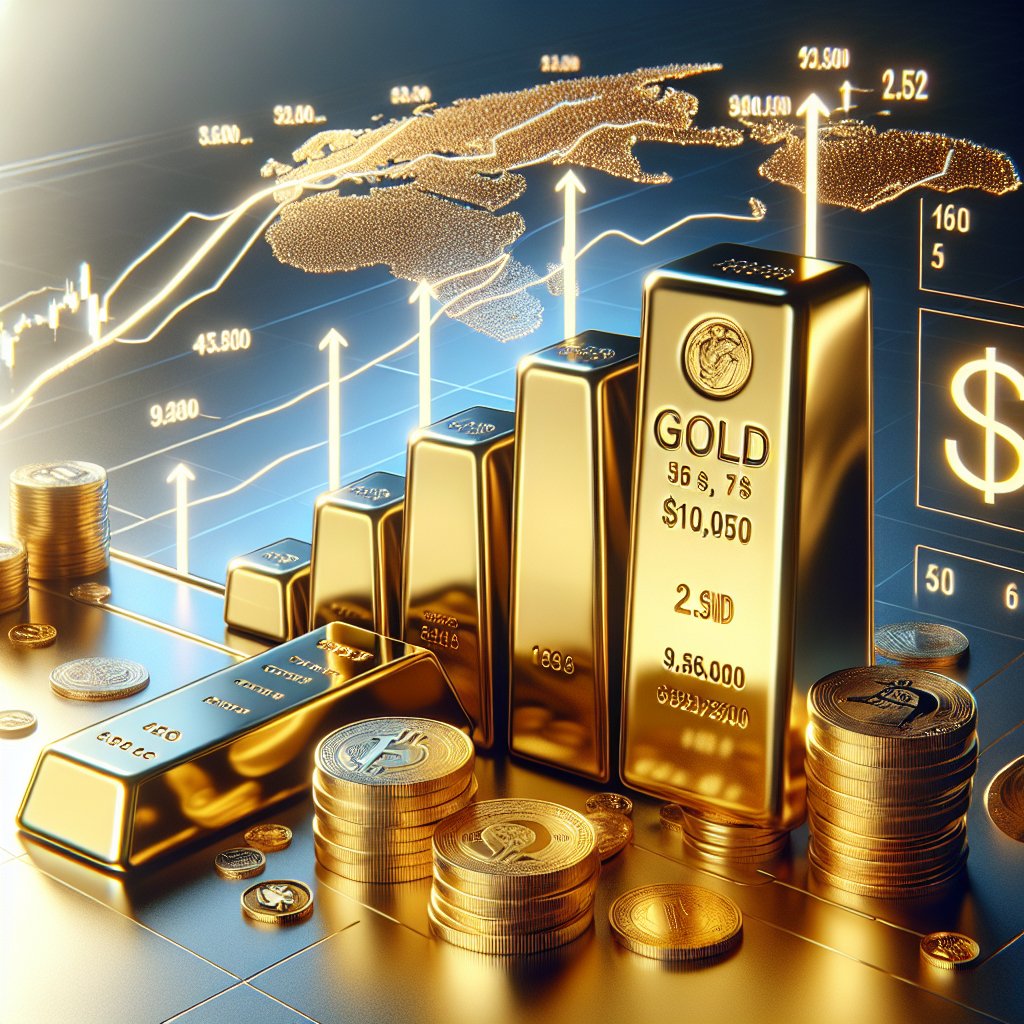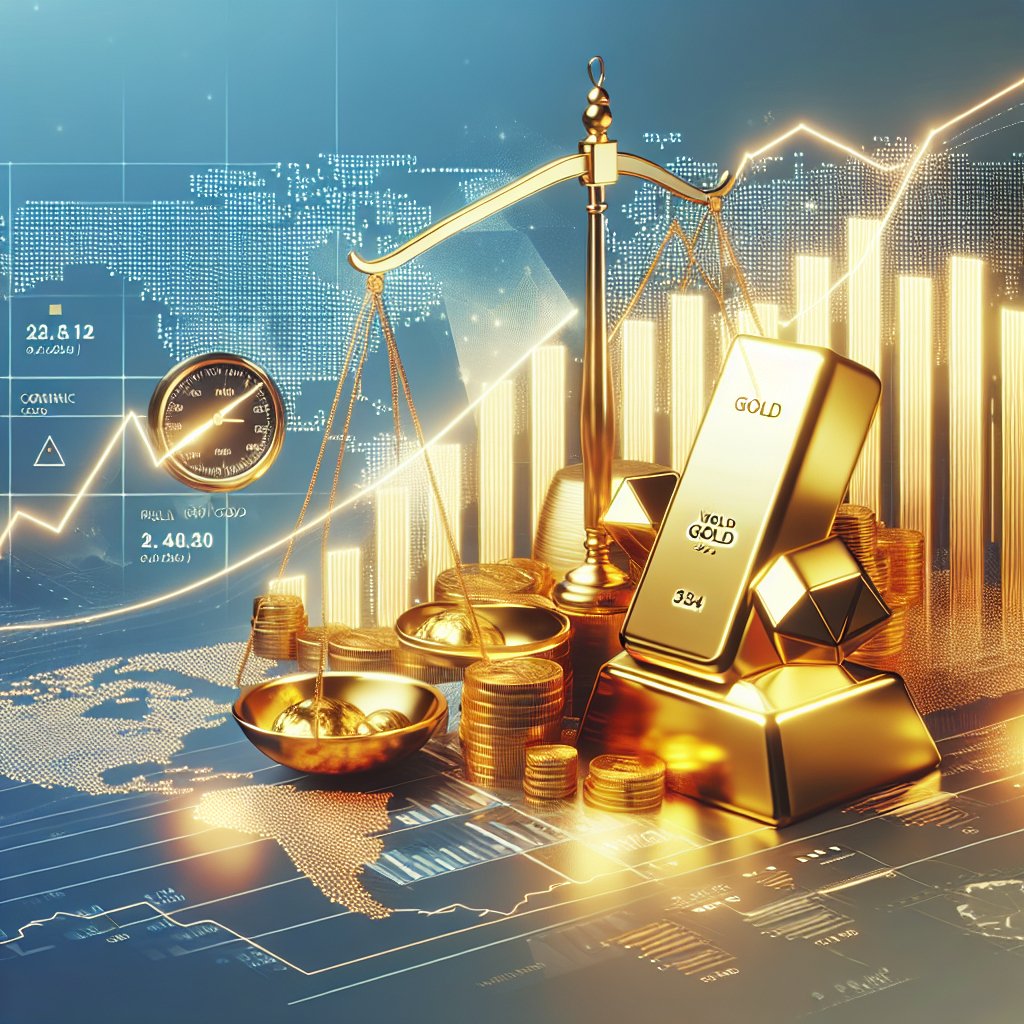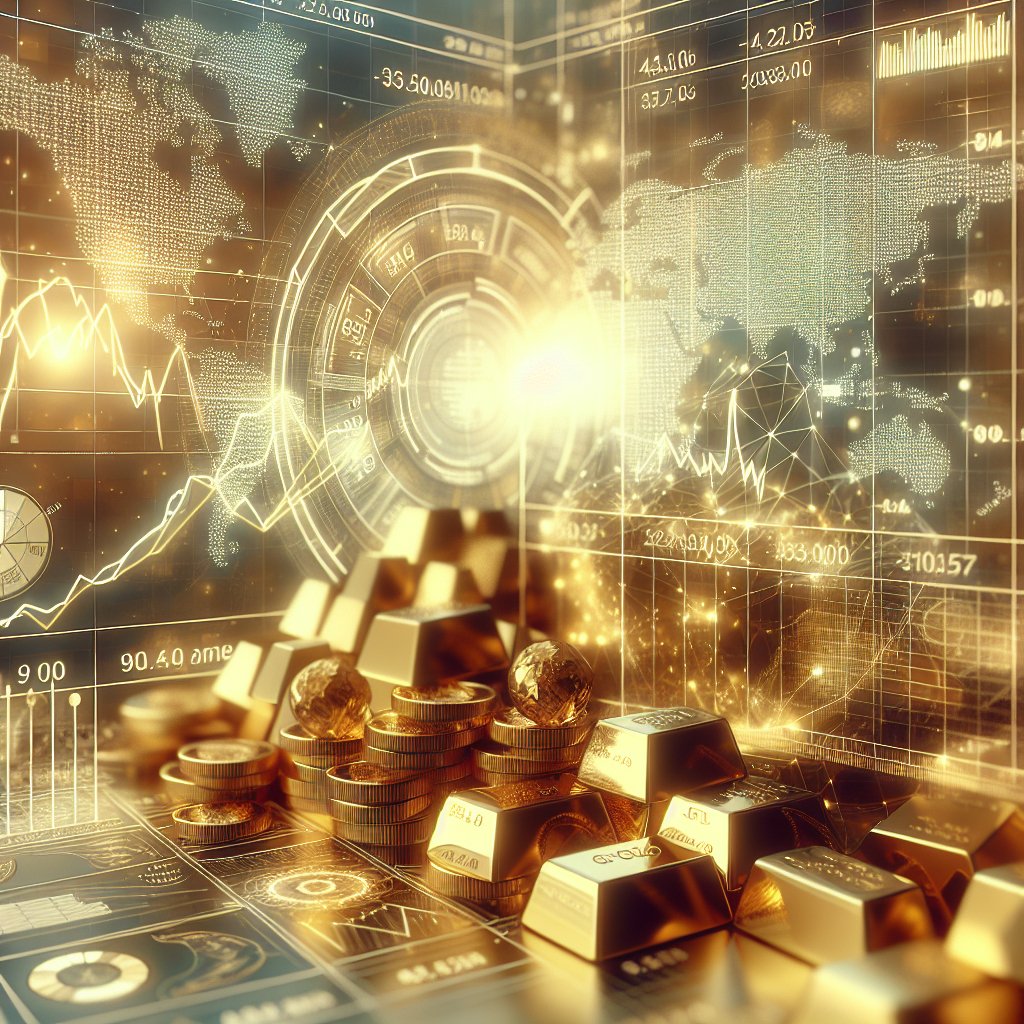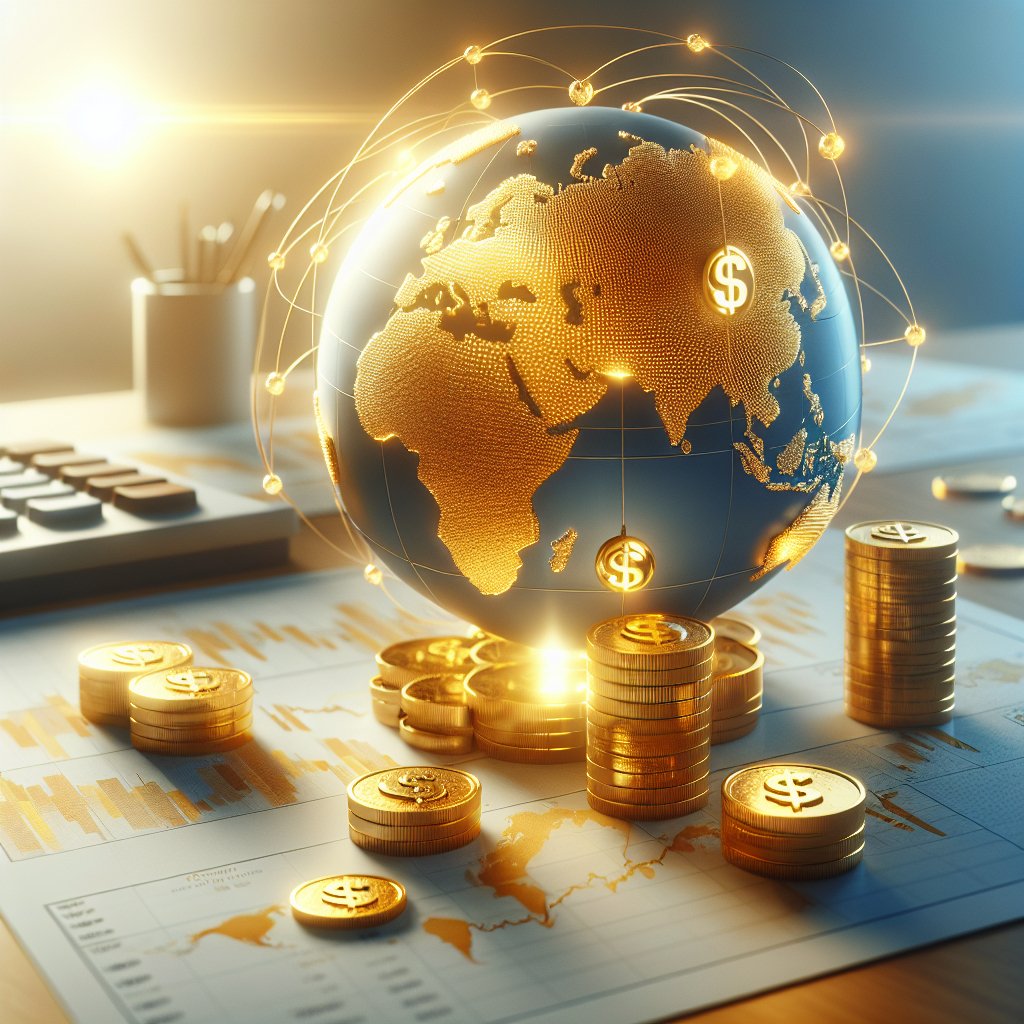The global gold market has experienced significant fluctuations over the last decade, influenced by a myriad of economic, political, and social factors. Understanding these trends is crucial for investors, economists, and policymakers alike, as gold remains a pivotal asset in the global financial system. This article delves into the key changes in gold prices over the past ten years, examining the underlying causes and potential future implications.
Factors Influencing Gold Prices
Gold prices are affected by a complex interplay of factors, including economic indicators, geopolitical tensions, and market sentiment. Over the past decade, several key drivers have emerged, shaping the trajectory of gold prices in significant ways.
Economic Indicators
One of the primary factors influencing gold prices is the state of the global economy. Economic indicators such as inflation rates, interest rates, and currency strength play a crucial role in determining gold’s appeal as an investment. During periods of economic uncertainty or high inflation, gold is often seen as a safe haven, leading to increased demand and higher prices.
For instance, the aftermath of the 2008 financial crisis saw central banks around the world implementing quantitative easing measures, which led to concerns about currency devaluation and inflation. As a result, gold prices surged, reaching an all-time high in 2011. Similarly, the economic disruptions caused by the COVID-19 pandemic in 2020 led to another spike in gold prices as investors sought stability amidst market volatility.
Geopolitical Tensions
Geopolitical events have also played a significant role in shaping gold prices over the past decade. Conflicts, trade wars, and political instability can create uncertainty in financial markets, prompting investors to seek refuge in gold. For example, tensions between the United States and China, as well as ongoing conflicts in the Middle East, have periodically driven up gold prices as investors hedge against potential risks.
Moreover, the rise of populism and political polarization in various parts of the world has contributed to market uncertainty, further bolstering gold’s status as a safe-haven asset. As geopolitical tensions continue to evolve, they will likely remain a key factor influencing gold prices in the future.
Technological and Market Developments
In addition to economic and geopolitical factors, technological advancements and changes in market dynamics have also impacted gold prices over the past decade. These developments have altered the way gold is traded and perceived in the global market.
Advancements in Mining Technology
Technological advancements in mining have played a role in shaping gold supply and, consequently, its price. Improved mining techniques and equipment have increased the efficiency of gold extraction, potentially affecting the supply side of the market. However, despite these advancements, the discovery of new gold deposits has not kept pace with demand, maintaining upward pressure on prices.
Furthermore, environmental concerns and regulatory changes have influenced mining operations, affecting the cost and feasibility of gold production. As the industry continues to adapt to these challenges, the balance between supply and demand will remain a critical factor in determining gold prices.
Market Dynamics and Investment Trends
The rise of digital trading platforms and the increasing popularity of exchange-traded funds (ETFs) have transformed the way gold is bought and sold. These developments have made gold more accessible to a broader range of investors, contributing to increased demand and price volatility.
Additionally, the growing interest in sustainable and ethical investing has led to a shift in investor preferences, with some opting for gold sourced from environmentally and socially responsible mining operations. This trend has the potential to influence market dynamics and shape the future of gold investment.
Future Outlook for Gold Prices
As we look to the future, several factors will likely continue to influence gold prices. Economic recovery from the COVID-19 pandemic, ongoing geopolitical tensions, and technological advancements will all play a role in shaping the gold market. Additionally, the increasing focus on sustainability and ethical investing may lead to changes in consumer preferences and market dynamics.
While predicting the exact trajectory of gold prices is challenging, understanding the key drivers and trends can provide valuable insights for investors and policymakers. As the global economy continues to evolve, gold will remain a critical asset, offering both opportunities and challenges in the years to come.




